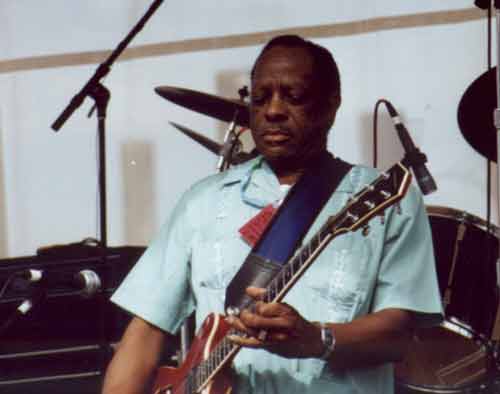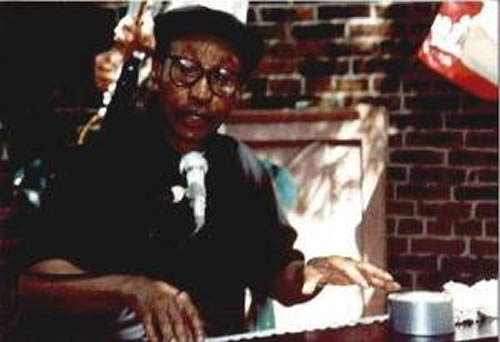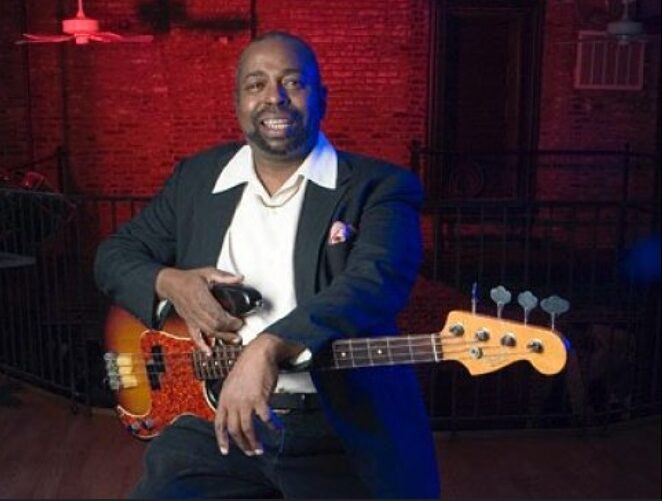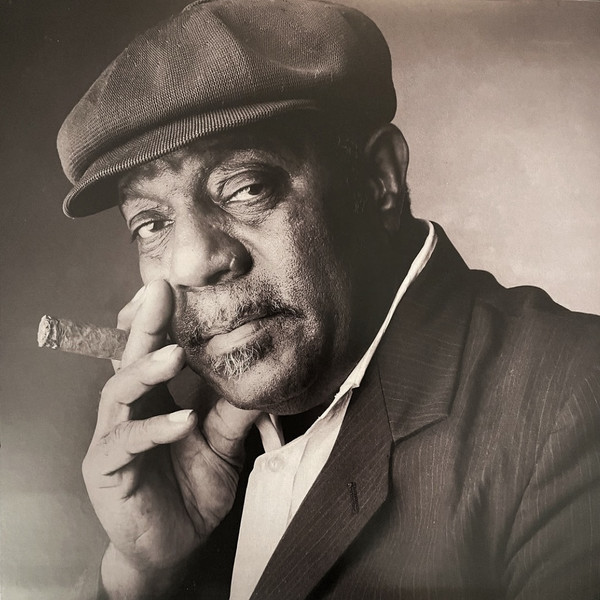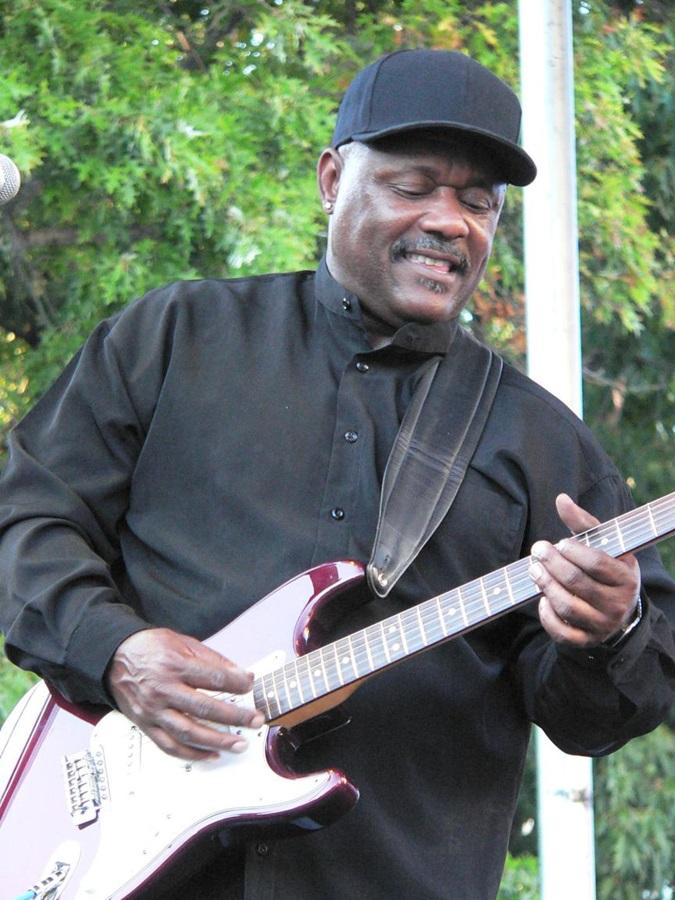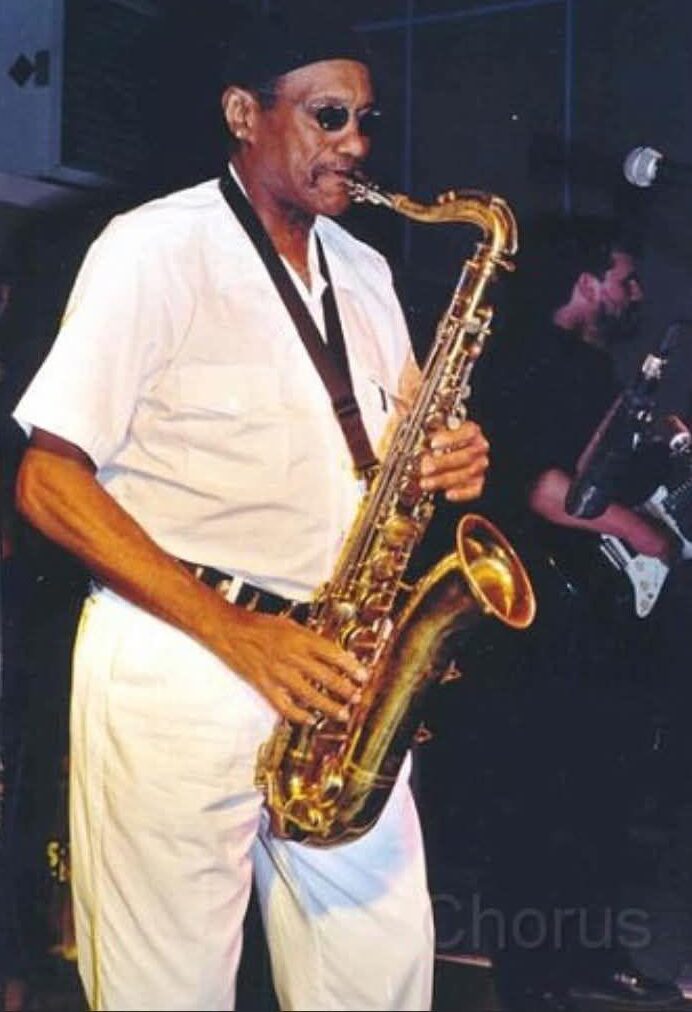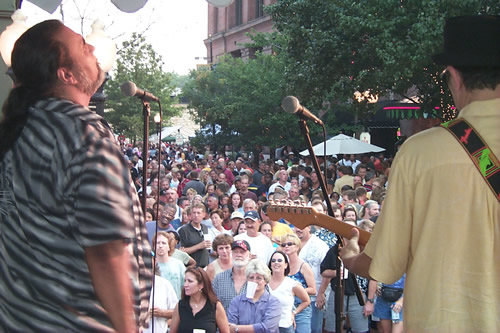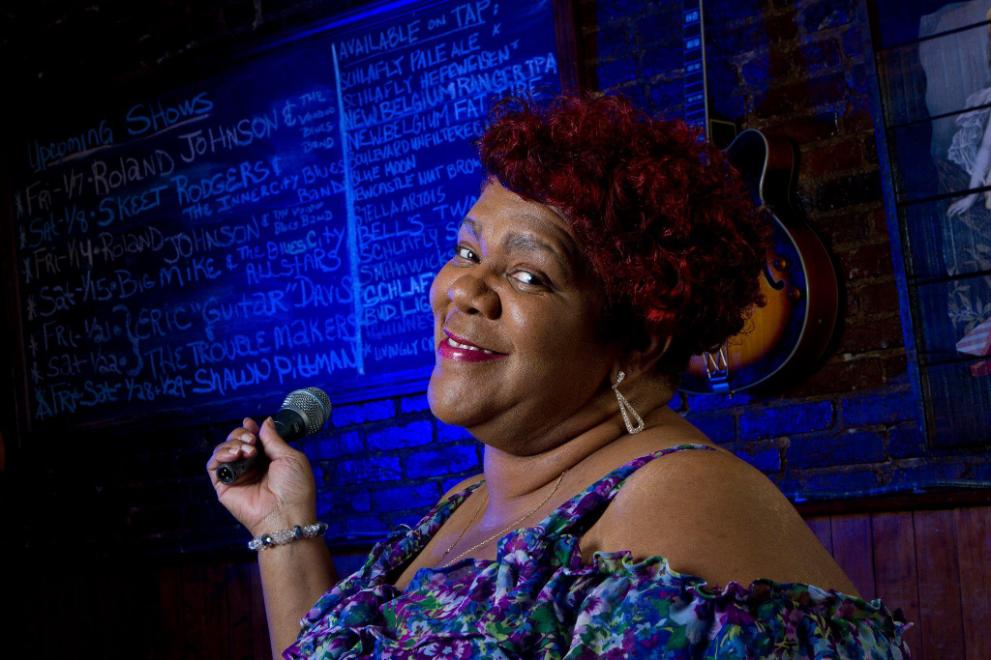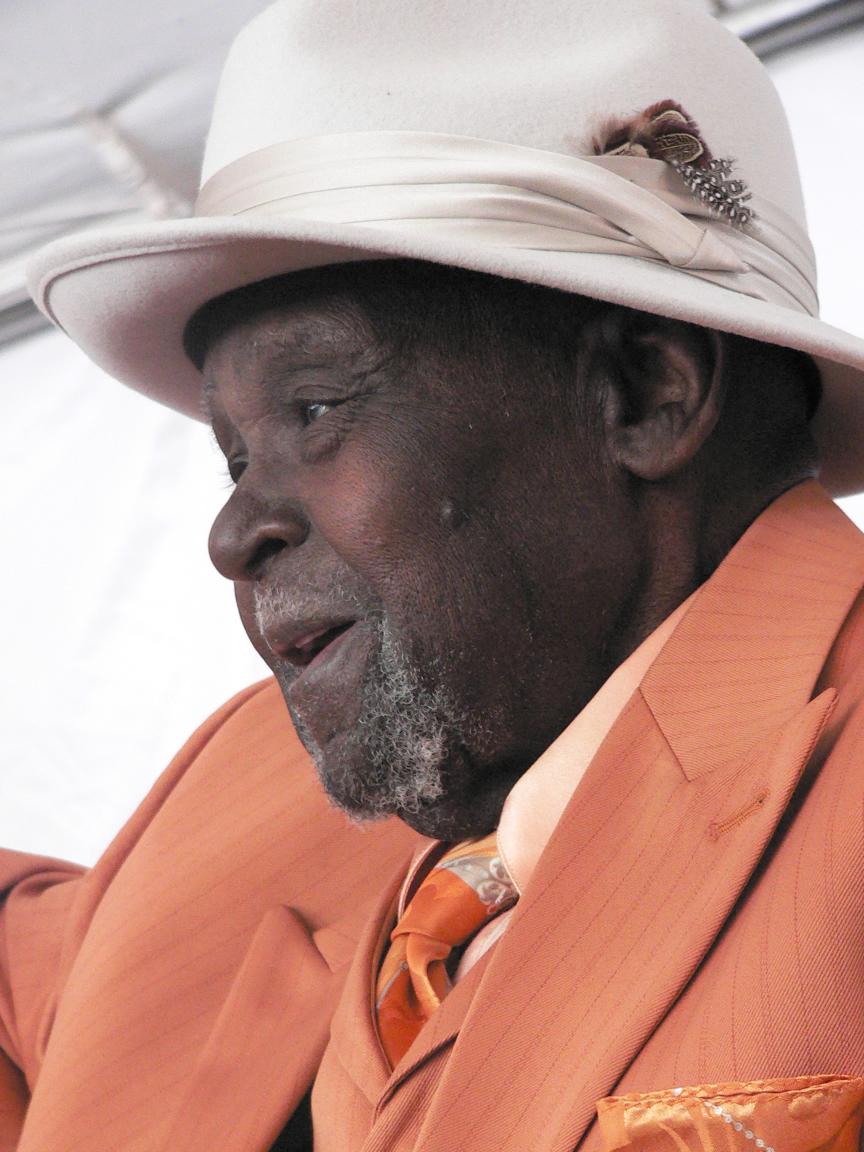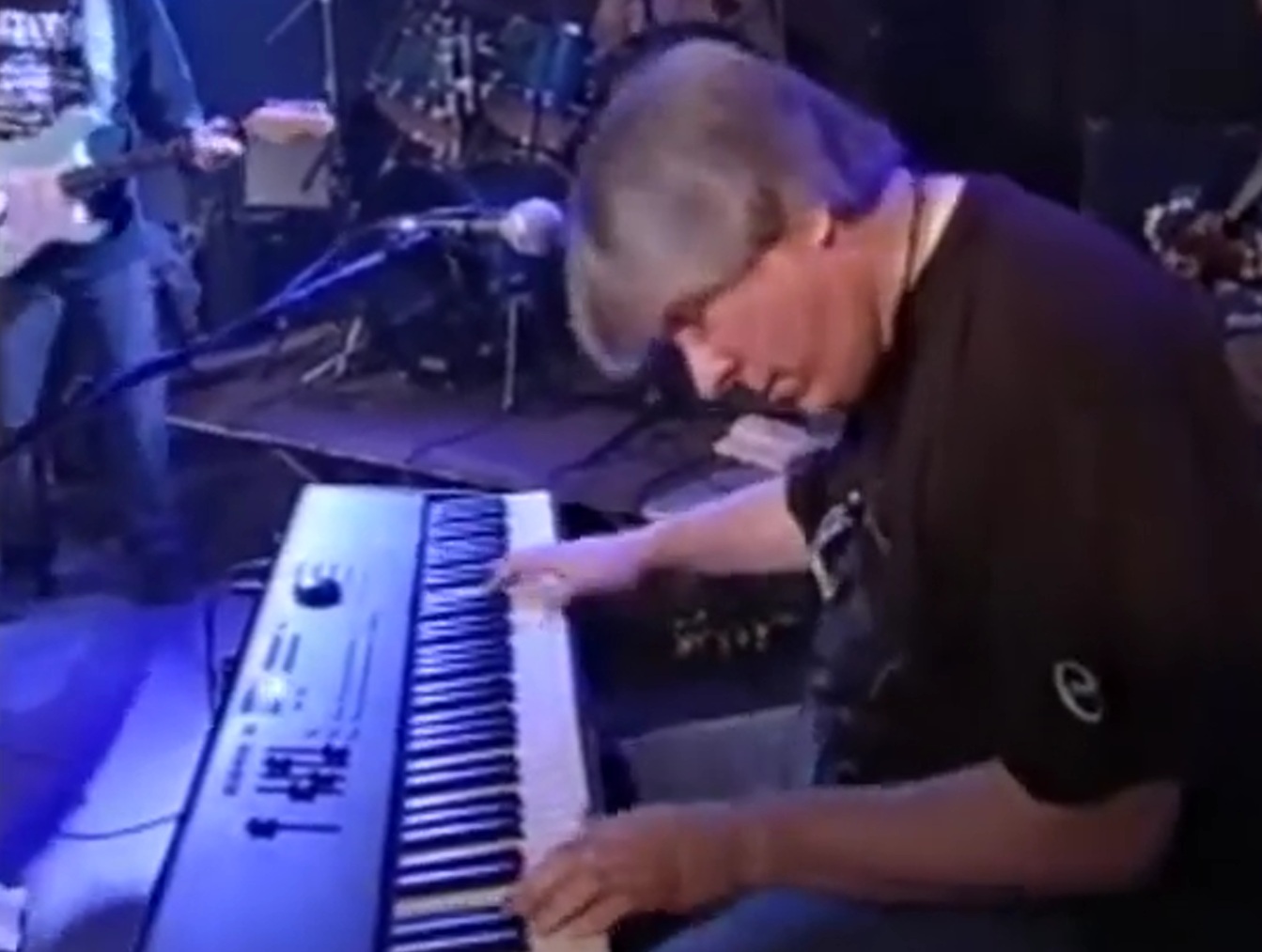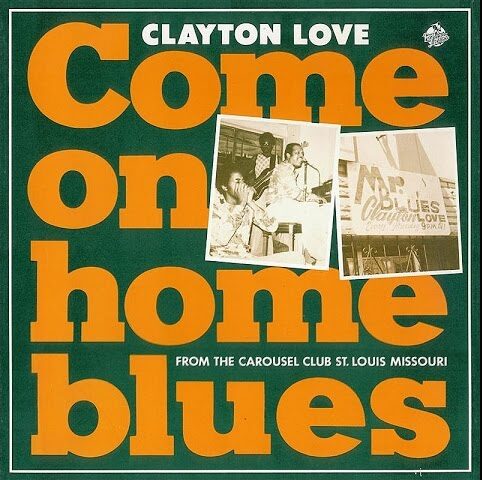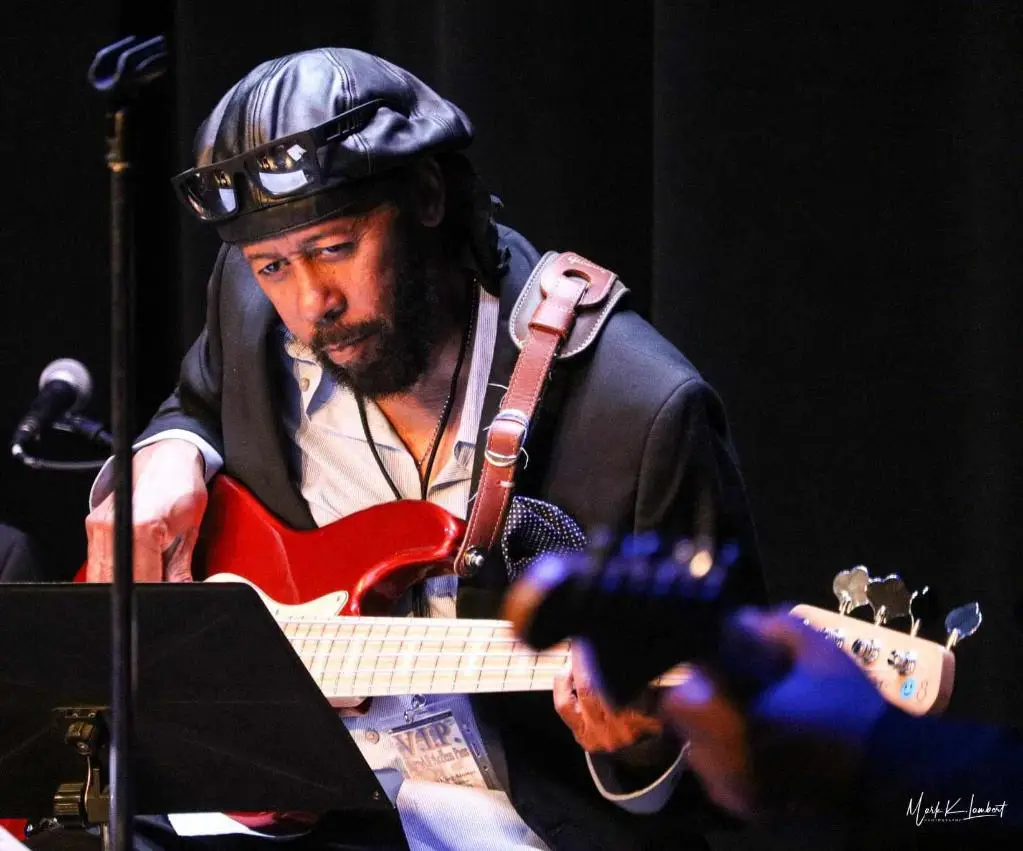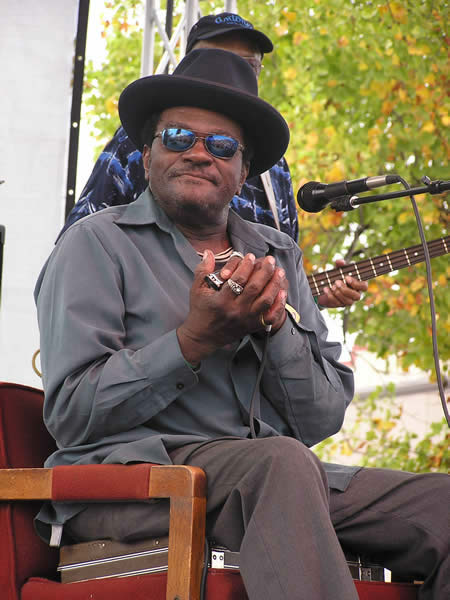THE LEGENDS
Passing on the Blues
St. Louis played a crucial role in the development of ragtime,
and soon afterwards, the ragtime pianos of St. Louis began popularizing the blues!
musicians who called the st. louis metro area their home include Peetie Wheatstraw – “The Devil’s Son-in-Law”, Victoria Spivey, St. Louis’ Jimmy Oden, Barrelhouse Buck, Walter Davis, Speckled Red, Roosevelt Sykes – “The Honeydripper”, “signifying” mary johnson, Lonnie Johnson, Henry Townsend – “The Mule”, the list is endless!
And there’s W.C. Handy, who composed “The St. Louis Blues,”
one of the most recorded songs of the 20th century.
The music legacy of St. Louis continues
to be celebrated and preserved today!
Enjoy these artist profiles!
World class music legacy, from these beloved musicians!
A Legendary Blues City
St. Louis has a long, rich history of blues music, such a part of daily life that it was almost not considered as a special music genre. Music was connected, on one side, to the world of night clubs and on the other to the working people, but its popularity became a thing in ragtime years. Among all the Mid-West cities, St. Louis was the one famous for being the place to be, where one could dance to the cakewalk at the sound of the ragtime piano.
For generations the city has kept its indigenous tradition of blues music alive, from it’s roots as a crossroad for migration routes, with streams of people from southern states continuously flowing to the city, sharing and contributing massively to the great variety and musical richness of St. Louis.
One could find barrelhouse and boogie pianists playing with ragtime guitarists and gut bucket trombonists for the “low-down blues” in Deep Morgan, you could find influences from the sounds of New Orleans, big stars like Mamie Smith, Bessie Smith and Ethel Water playing in town theaters, or Fates Marable and Jelly Roll Morton on the boats on the river.
If you wanted to have a “big chance” in music, you wanted to be in St. Louis at some point!
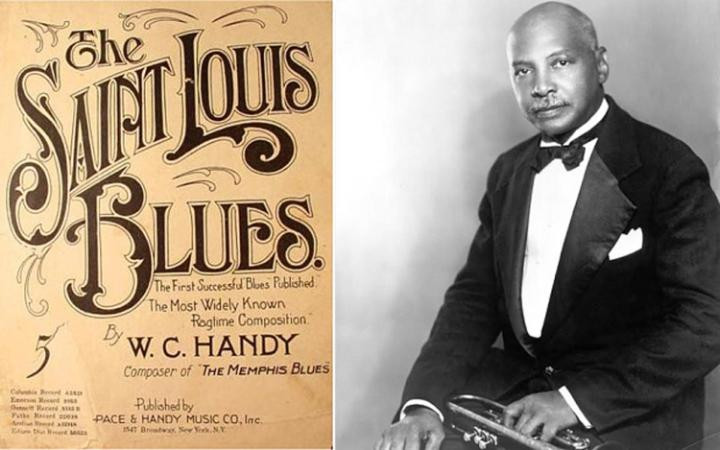
It’s through the Bessie Smith & Louis Armstrong version that “St. Louis Blues” has most effectively journeyed into modern times, influencing a generation of rock vocalists — Janis Joplin once commented how Smith “showed me the air and taught me how to fill it” — and gaining a permanent spot in the American musical canon.
The music of St. Louis runs deep
*this section always a work in progress
Born in St. Louis, Missouri, Fontella was the daughter of the gospel vocalist, Martha Bass (of the Clara Ward Singers). Spending much of her early life singing in the local church, and joining tours with her mother’s group, she sang Gospel up until her mid teens. She then showed an interest in performing more secular material. Fontella sang at the Showboat Club near Chain of Rocks, Missouri, later In 1961, she auditioned for the Leon Claxton carnival show. This led to interest from the likes of Little Milton and his bandleader Oliver Sain who hired her to back Little Milton on piano for concerts and recording.
She later became the vocalist for the ensemble. When the two band leaders went their separate ways, Fontella stayed with Oliver Sain. Oliver recruited Bobby McClure for his band, which were titled ‘The Oliver Sain Soul Revue’, featuring Fontella and Bobby McClure. During this period, Fontella met and later married the jazz trumpeter Lester Bowie. She then left the Oliver Sain band and signed to the Chess Records imprint. Fontella continued to duet with Bobby McClure at the label, releasing in 1965, ‘Don’t Mess Up a Good Thing’, which was followed by ‘You’ll Miss Me (When I’m Gone)’.
Following a period of touring, Fontella began working with several artists, including the drummer Maurice White, the bassist Louis Satterfield and the saxophonist Gene Barge.
In late 1965, the group released ‘Rescue Me’ in 1965, reaching number 4 on the pop charts, selling over one million copies.

Charles Edward Anderson Berry (October 18, 1926 – March 18, 2017) was an American singer, guitarist and songwriter who pioneered rock and roll. Nicknamed the “Father of Rock and Roll”, he refined and developed rhythm and blues into the major elements that made rock and roll distinctive.
On a fateful day in early 1956, Chuck Berry and Johnnie Johnson headed to Chicago for their fourth recording session at Chess Records.
Their first three efforts had produced the blues-inflected stylings of “Wee Wee Hours,” “No Money Down” and “Downbound Train” and the cut-time country raveups “Maybellene,” “You Can’t Catch Me” and “Thirty Days.” The results had been impressive, jump-starting Berry’s career with four Top Ten R&B hits, one of which, “Maybellene,” enjoyed similar success on the pop chart. And there’s the classic “Johnny B. Goode” (1958).
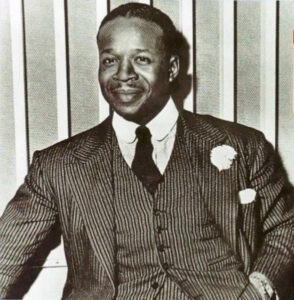
Walter Davis was an American blues singer, pianist, and songwriter who was one of the most prolific blues recording artists from the early 1930s to the early 1950s. Little is recorded about his early years but several sources cite that he ran away from home around 1925 and eventually arrived in St. Louis, Missouri, where he made his home. During his teenage years he developed his piano and vocal style although many musicologists regard his singing, with his rich singing voice, as being superior to his piano playing. He first recorded in 1930, accompanied by Roosevelt Sykes. For the next twenty years he played he played club dates in the South and the lower Midwest, often with guitarist Henry Townsend and fellow pianist Peetie Wheatstraw. He recorded prolifically and had released more than 160 tracks by 1950. His best-known recording, a version of the train blues standard “Sunnyland Blues“, was released in 1931.

Willie James Gayles was born in Sikeston, Missouri on October 19, 1931. He became interested in blues and jazz music after he moved to Cairo, Illinois as a teenager. Gayles learned to play the drums and toured with blues musicians Earl Hooker and Robert Nighthawk.
In the early 1950s, he relocated to Clarksdale, Mississippi. In March 1954, Gayles recorded with Ike Turner’s King’s of Rhythm, resulting in the release of the Turner-penned single “Night Howler” / “My Heart In Your Hands” on Flair Records. By 1956, Gayles had joined the band now based in East St. Louis, mainly as a vocalist. That year, Turner took the band to Cincinnati to record for Federal Records. The single, “I’m Tore Up” / “If I Never Had Known You,” featuring Gayles singing lead, became a regional hit.
Gallery Of Legends
Check out the St. Louis Blues Society
Archive Project
The mission of the STLBS Archive Project is to collect, create and disseminate the stories of St. Louis Blues Music and the people who created it.
The long term goal of the archive project is to build a trust worthy institution that can house digital and physical history, create new content and to find ways to shine a light on the stories of St. Louis Blues Music.
LEARN MORE HERE!
